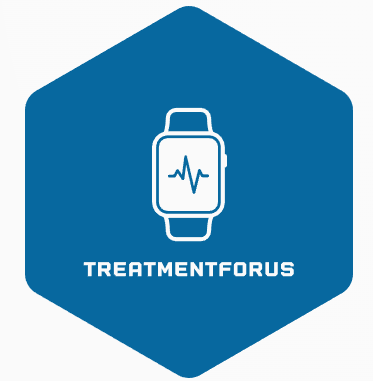The Role of Exercise Stress Testing in Heart Disease Diagnosis: A Comprehensive Approach to Assessing Cardiac Health
Exercise stress testing is a valuable diagnostic tool used by healthcare professionals to evaluate the presence of heart disease and assess cardiovascular fitness. By monitoring the heart’s response to physical activity, exercise stress testing provides essential information to accurately diagnose and manage heart conditions. In this article, we will delve into the role of exercise stress testing in heart disease diagnosis, its procedure, and the benefits it offers in guiding effective treatment plans.
Understanding Exercise Stress Testing:
Exercise stress testing, also known as cardiac stress testing or treadmill testing, involves subjecting the heart to controlled physical stress while closely monitoring its performance. The test is typically performed in a clinical setting under the supervision of a healthcare professional, such as a cardiologist or an exercise physiologist.
Purpose of Exercise Stress Testing:
Exercise stress testing serves several important purposes in heart disease diagnosis:
Detection of underlying heart conditions: By assessing the heart’s response to exercise, stress testing can detect abnormalities in blood flow, electrical activity, and heart rate, helping to identify potential heart diseases.
Evaluation of exercise capacity: The test measures your cardiovascular fitness and determines how well your heart can handle increased stress during physical activity.
Diagnosis of coronary artery disease (CAD): Exercise stress testing can identify abnormal changes in the heart’s electrical patterns (such as ST segment deviations) that indicate the presence of CAD, a condition caused by narrowed or blocked arteries.
Assessment of treatment effectiveness: The test helps evaluate the effectiveness of interventions, medications, or lifestyle modifications in improving heart function and managing heart disease.
Procedure of Exercise Stress Testing:
During an exercise stress test, you can expect the following steps:
Preparation: The healthcare professional will explain the procedure, review your medical history, and perform a physical examination.
Electrode placement: Small adhesive electrodes will be attached to your chest, which are connected to an electrocardiogram (ECG) machine to monitor your heart’s electrical activity.
Blood pressure monitoring: Your blood pressure will be measured periodically, either manually or using an automated cuff, to track changes during the test.
Exercise progression: You will be asked to walk on a treadmill or pedal a stationary bike, gradually increasing the intensity of exercise. The healthcare professional will monitor your heart rate, blood pressure, symptoms, and ECG readings throughout the test.
Test termination: The test will be stopped when you reach your target heart rate, experience significant symptoms, or if the healthcare professional deems it necessary to stop for safety reasons.
Post-test monitoring: Your vital signs and ECG will continue to be monitored as you recover from the exercise.
Benefits of Exercise Stress Testing:
Exercise stress testing offers several benefits in heart disease diagnosis:
Early detection: It helps identify heart disease in its early stages, enabling prompt intervention and treatment.
Risk assessment: The test provides valuable information to assess your risk for future cardiovascular events, allowing for appropriate preventive measures.
Tailored treatment plans: Results from exercise stress testing guide healthcare professionals in developing personalized treatment plans based on your specific needs and capabilities.
Evaluation of treatment effectiveness: The test can assess the effectiveness of medications, lifestyle changes, or interventions in improving heart health and function.
Conclusion:
Exercise stress testing plays a vital role in the diagnosis and management of heart disease. By evaluating the heart’s response to physical stress, this diagnostic tool helps detect underlying heart conditions, assess exercise capacity, diagnose coronary artery disease, and evaluate the effectiveness of treatments. If recommended by your healthcare professional, undergoing an exercise stress test can provide valuable insights into your cardiac health, leading to accurate diagnosis and appropriate treatment strategies to optimize your heart’s well-being.
